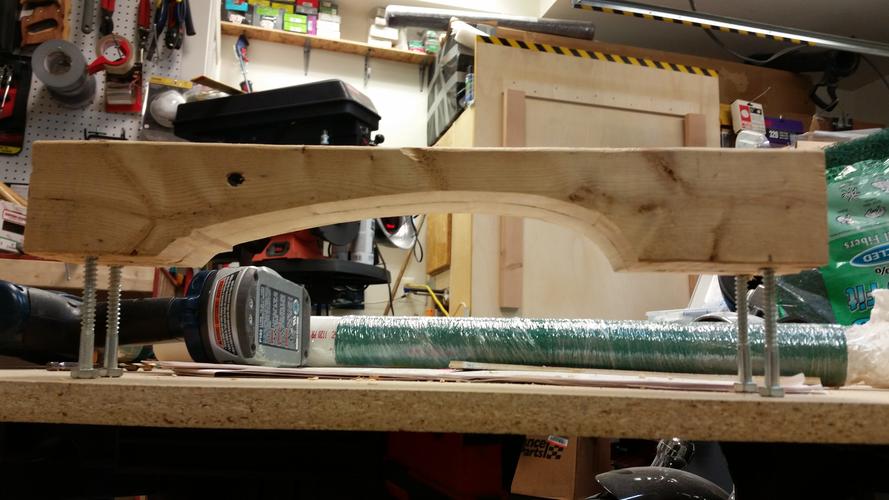Best Contour Sanding: A Comprehensive Guide
When it comes to achieving a smooth and professional finish on your woodworking projects, contour sanding is an essential technique. It involves shaping and smoothing the wood to create a seamless and attractive surface. In this article, we will delve into the best contour sanding practices, equipment, and tips to help you master this skill.
Understanding Contour Sanding
Contour sanding is the process of sanding the wood in a way that follows the natural contours and curves of the material. This technique is particularly useful for creating a smooth finish on irregular shapes, such as curved or contoured surfaces. By understanding the principles of contour sanding, you can achieve a professional-looking result every time.

Choosing the Right Equipment
The right equipment is crucial for successful contour sanding. Here are some essential tools and materials you’ll need:
| Tool/Equipment | Description |
|---|---|
| Random Orbit Sander | Perfect for sanding curved surfaces and achieving a smooth finish. |
| Conventional Sandpaper | Available in various grits, from coarse to fine, for different stages of sanding. |
| Contour Sanding Blocks | Customizable sanding blocks that conform to the shape of the wood. |
| Sanding Sheets | Flexible sanding sheets that can be used with a random orbit sander for contour sanding. |
Preparation and Safety
Before you start contour sanding, it’s essential to prepare the wood and ensure your safety:
-
Start by cleaning the wood surface to remove any dirt, dust, or debris.
-
Wear appropriate safety gear, such as gloves, goggles, and a dust mask to protect yourself from wood particles and dust.

-
Secure the wood to a stable surface or use a clamp to prevent it from moving during sanding.
The Contour Sanding Process
Now that you have the right equipment and safety measures in place, let’s dive into the contour sanding process:
-
Start with a coarse grit sandpaper (e.g., 80-120 grit) to remove any rough spots or imperfections on the wood surface.
-
Use a random orbit sander with a contour sanding sheet or a contour sanding block to follow the wood’s contours. Apply even pressure and move the sander in a consistent, overlapping pattern.
-
Gradually switch to finer grit sandpaper (e.g., 180-220 grit) to achieve a smoother finish. Repeat the process of following the contours and applying even pressure.
-
Once you reach the desired smoothness, inspect the wood surface for any remaining rough spots or imperfections. Address these areas with a finer grit sandpaper if necessary.
-
Finally, clean the wood surface with a damp cloth to remove any sanding dust and prepare it for finishing.
Advanced Tips and Tricks
Here are some advanced tips and tricks to help you master contour sanding:
-
Practice your technique on scrap wood before working on your project to become more comfortable with the process.
-
Experiment with different types of sandpaper and contour sanding blocks to find the best combination for your specific project.
-
Use a sanding sealer or finish to protect the wood and enhance its appearance.
-
Keep your sanding equipment clean and well-maintained to ensure optimal performance.
By following these best contour sanding practices, you’ll be well on your way to achieving a smooth and professional finish on your woodworking projects. Happy sanding!
